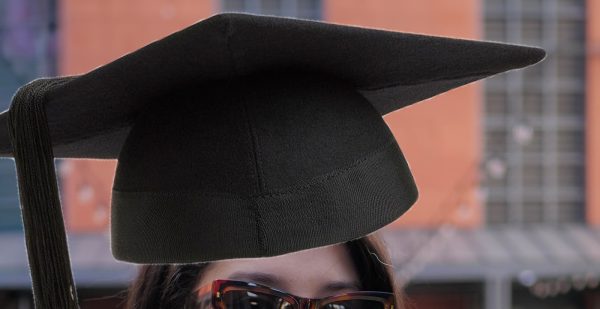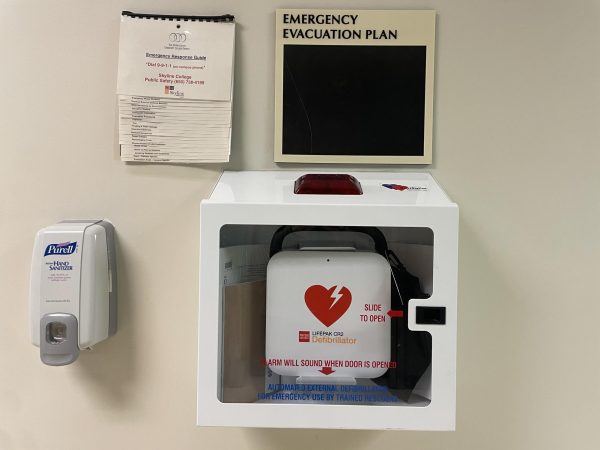Breathing deeply can eliminate the unnecessary tensions of our daily lives
In our culture, the first and the last breath are significant moments for individuals and families. But the moments that happen in between are just as significant.
These single breaths, multiplied across a lifespan, are not only capable of keeping us alive but have a significant impact on our physiology, including our stress, well-being, and energy levels. In my yoga class at Skyline, we have learned that breathing exercises, or pranayama, can help lower blood pressure, decrease anxiety or stress, and improve blood circulation and energy flow throughout the body.
There are countless other benefits associated with breathing deeply and entering a relaxed state. Once we start to practice pranayama, we can access a stronger connection between the mind, body, and soul. The physiology of breathing is a complex physical system of organs and muscles working together to allow us to inhale and exhale, seemingly without much effort on our part. With pranayama, we are in essence trying to circulate prana, or life force, throughout the body, as well as increased oxygen intake.
In our yoga class, we were instructed to monitor our breathing patterns and how they change when we are stressed or anxious and how stopping to take a deep breath can affect our response to stressful situations. As someone who has dealt with anxiety from a young age, I was excited to see how this self-reflection exercise benefited me physically and emotionally.
Stepping into Diane Roby’s yoga class immediately switched my focus to an appreciation of what my body can already do to benefit my well-being. I have always dealt with internalized stress from long-seated anxieties but in recent years, I have developed a more dedicated self-care routine with a healthier diet, yoga, and prioritizing my time to be able to reduce my anxiety.
I was always confused why, if I seemed to be doing all the right things, I was still dealing with stress-triggered manifestations such as insomnia, migraines, fatigue, weight gain, and anxiety.
Now, I have been practicing deep breathing multiple times per week along with attending my yoga class twice a week. Even with previous yoga practice, I was never instructed on how to develop my own pranayama practice until this class. As I have been observing my breath, I have confirmed that I do not breathe nearly as deeply as I should. Being mindful of this, I now catch myself often taking a minute to breathe as deeply as I can, much like in class.
I have been taking these “minute recharges” so often that those around me, including my boyfriend and the pre-schoolers I work with, often breathe deeply with me and are enjoying this new time spent together in relaxation.
Breathing deeply has allowed me to open up to myself and take a look at how I am handling a stressful situation. I can now step back from what once brought me anxiety and look at my own emotions. I am having an easier time letting minor problems go and being kinder to those around me. What surprises me the most is that these changes have occurred because of a “simple” breath of air.
While I won’t consider this act simple any longer, I am thankful that I have found something that helps a little bit better than all the different “tips and tricks” I have tried in recent years.
Overall, I feel lighter and more aware of my own emotions and responses. Along with better sleep, I have less fatigue and am determined to continue relaxation and deep breathing. Skyline students and faculty can benefit as much as I have from this simple technique. Thanks to this class, this new routine has helped me physically and emotionally on small and large levels, plus extending to family and friends who are interested in adopting the same routines for their own lives as well.













ken • May 4, 2017 at 3:59 pm
Your opinion is really helpful and rings with truth.